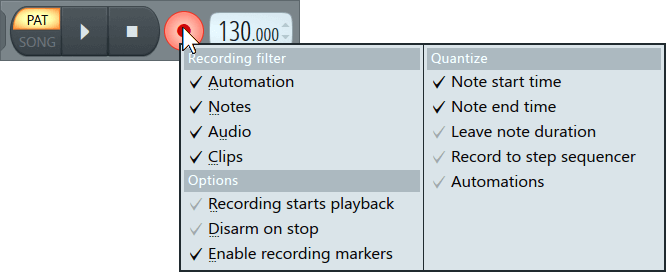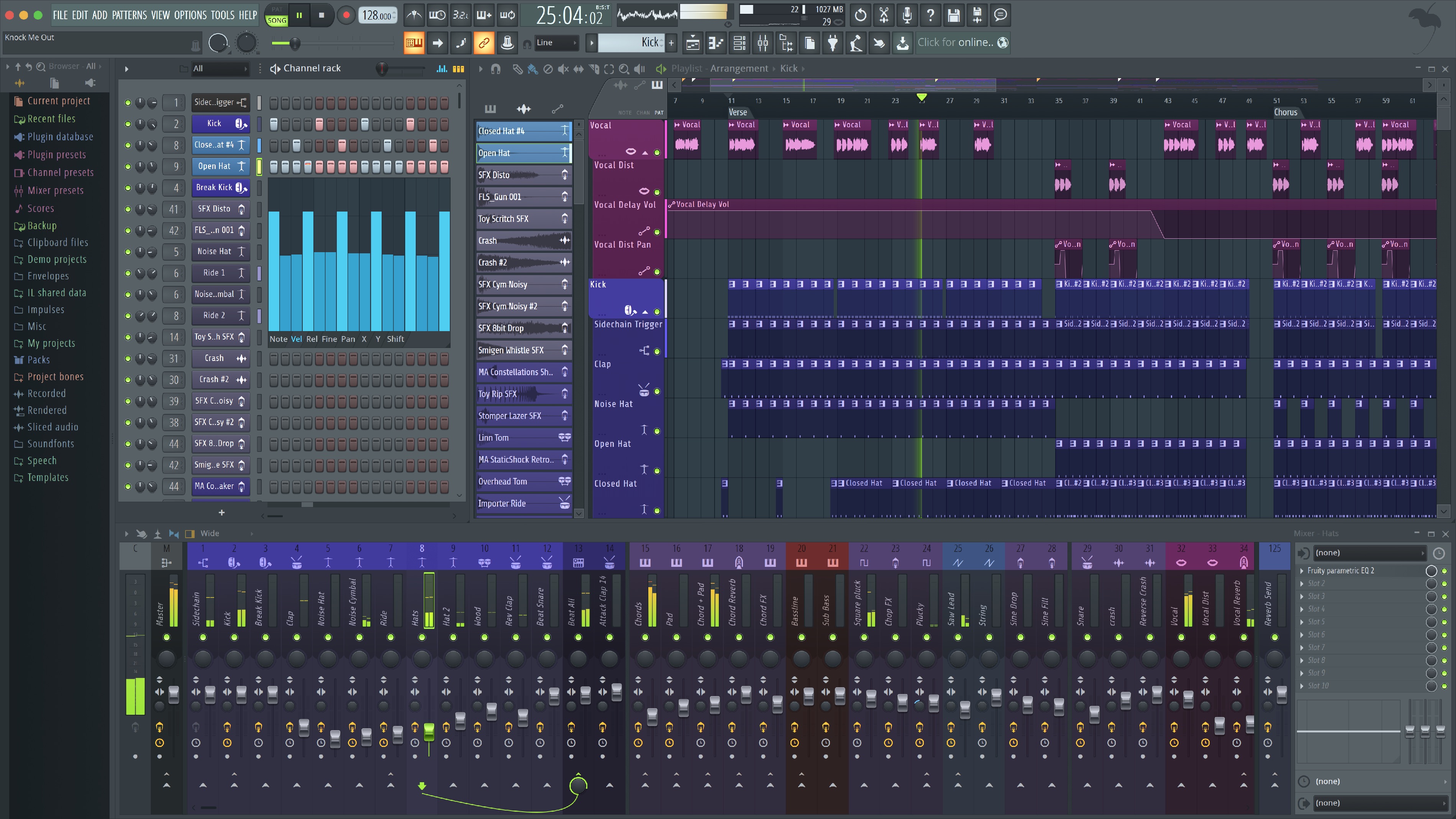Usb Audio Codec Mac Fl Studio
STUDIO-CAPTURE USB Driver Mac OS X v1.0.1. This is the USB driver for Mac OS 10.9, 10.8, 10.7, 10.6.8. Owner’s Manuals; If you have questions about operating your Roland product, please check our Knowledge Base for answers to the most common questions. You can also contact our Product Support department by phone or email. For example your Audio Interface and USB Mic. If you are Aggregating to improve FL Studio performance or stability, then feel free to select all the devices in the list. Renaming (Optional) - Click the Inputs/Outputs above in the subdevices section to rename them. NOTE: For full details on the options here, see this Apple Support Page. Open FL Studio, open the options menu and go to the Audio Settings and set the device to Focusrite USB ASIO. You'll also need to set playback tracking to either Hybrid or Mixer. You can change the buffer size from the ASIO Control Panel, which you can open by clicking 'Show ASIO Panel' Step 3.
Audio interfaces are the heart of every digital studio. In this article, we’ll show you how to resolve audio interface issues on your Mac. Windows PC users can read more in our Resolving Audio Interface Issues on Windows 10. Whether you have no sound, the USB ports are not working, or your output device isn’t showing up, following this. TRANSFER: You may not rent, lease, lend, sell, redistribute, sublicense or provide commercial hosting services with the Software. You may, however, make a one-time permanent transfer of all of your license rights to the Software to another end user in connection with the transfer of ownership of your Product, provided that: (i) the transfer must include your Product and all of the Software. A CODEC is the software that converts audio files to and from a compressed (space-saving) format. If the CODEC is not installed correctly then Sampler channels may open with missing data. Click here for information on re/installing FL Studio's audio CODECs.
Most of us have experienced the panic of having a USB audio interface fail to be recognised by our DAW. It's a frightening ordeal. But never fear. For the most part, a non responsive interface indicates incomplete software setup, rather than a true malfunction or defect.
When you're frustrated with not being able to get up and running, or if you thinking you might have a defective product, this 10-second 'is-it-broken' test can restore the confidence necessary to continue working with the product and to complete any needed software setup or authorization process.

To verify that the device is working, and is being seen by the computer…
- On Windows 8, 7, Vista, or XP, open the Device Manager.
- Disconnect the controller from the computer, count to 5, then reconnect the controller
Does the list of devices at all change, refresh, or flash? If yes…Good, the product is recognized by the computer
Having determined that your interface is actually working, here are some things you can try if your interface isn't being recognized by Studio One. They go in increasing order of desperation, and apply only to Windows machines.
1. Make sure it's switched on & selected
Sorry, but we had to suggest this as the #1 solution to an unresponsive interface. No disrespect intended! It's easy to forget simple stuff like this.
Select your interface from the dropdown menu in Options/Audio Setup.
If your interface isn't listed, proceed to step 2.
2. Try disconnecting any other USB devices that are in use.
3. Uninstall / Reinstall USB drivers
The problem may well be a corrupt installation of your USB interface drivers. Try removing them and re-installing. You can download the latest drivers at the device manufacturers website. Make sure the drivers match motherboard bit architecture (32 bit / 64 bit)
4. Restart
IT troubleshooting 101. The ancient Mayan sorcery of turning it off, and turning it back on again.
5. Use Ccleaner Registry Scan
Occasionally, running a registry scan can help with this problem, especially if you don't normally use a registry cleaner.
6. Use this Microsoft Troubleshooter
7. Try different USB port / USB hub
You may have a dead USB port on your hands. Try switching ports.
8. Check on different PC
If you have another PC handy, check to see if the interface works on it. If it does, it's a problem with the computer. If it does not, it's probably an issue with the interface.
9. Run sfc/scannow from administrator command prompt
Run a search for “cmd”. Right click to run it as administrator. Type sfc/scannow and hit enter. Wait for the scan & repair to finish
10. Follow this tutorial:
http://www.howtogeek.com/222532/how-to-repair-corrupted-windows-system-files-with-the-sfc-and-dism-commands/ (You'll need a disc image of the Windows OS for the DISM part of this)
11.Update USB port drivers (use device manager)
- WinKey + R (Run)
- Type “devmgmt.msc”
- Locate “Universal Serial Bus Controllers”
- Right click on the relevant device
- Click “Update Driver Software.
12.Uninstall/reinstall USB port drivers
Same as #9, but instead, click Properties/Driver/Uninstall
Then you can scan for hardware changes and reinstall the driver.
13.Uninstall/reinstall soundcard drivers
In Control Panel/Programs and Features, uninstall your soundcard driver, then re-download and re-install it.

15. If using a USB hub try connecting directly to a USB port on your computer. With any audio interface, you must trade performance/latency for stability. When connected via a hub, this trade off is less favourable.
16. Try connecting the interface to its own USB bus. To view what bus your interface is connected to:
Usb Audio Codec Mac
Open your computer's device manager (available from Control Panel), open the View menu and select 'Devices by connection'. Expand the various busses until you find your USB controllers.
17.Upgrade to Windows 10
If you're running windows 7 or 8.x, you're due an OS update anyway. It's free, and Windows 10 delivers the most optimized and rock-solid PC based audio editing experience to date.
Usb Audio Codec Error
18.Clean reinstall Windows
Usb Audio Codec 64
If all else fails- reinstall the OS: